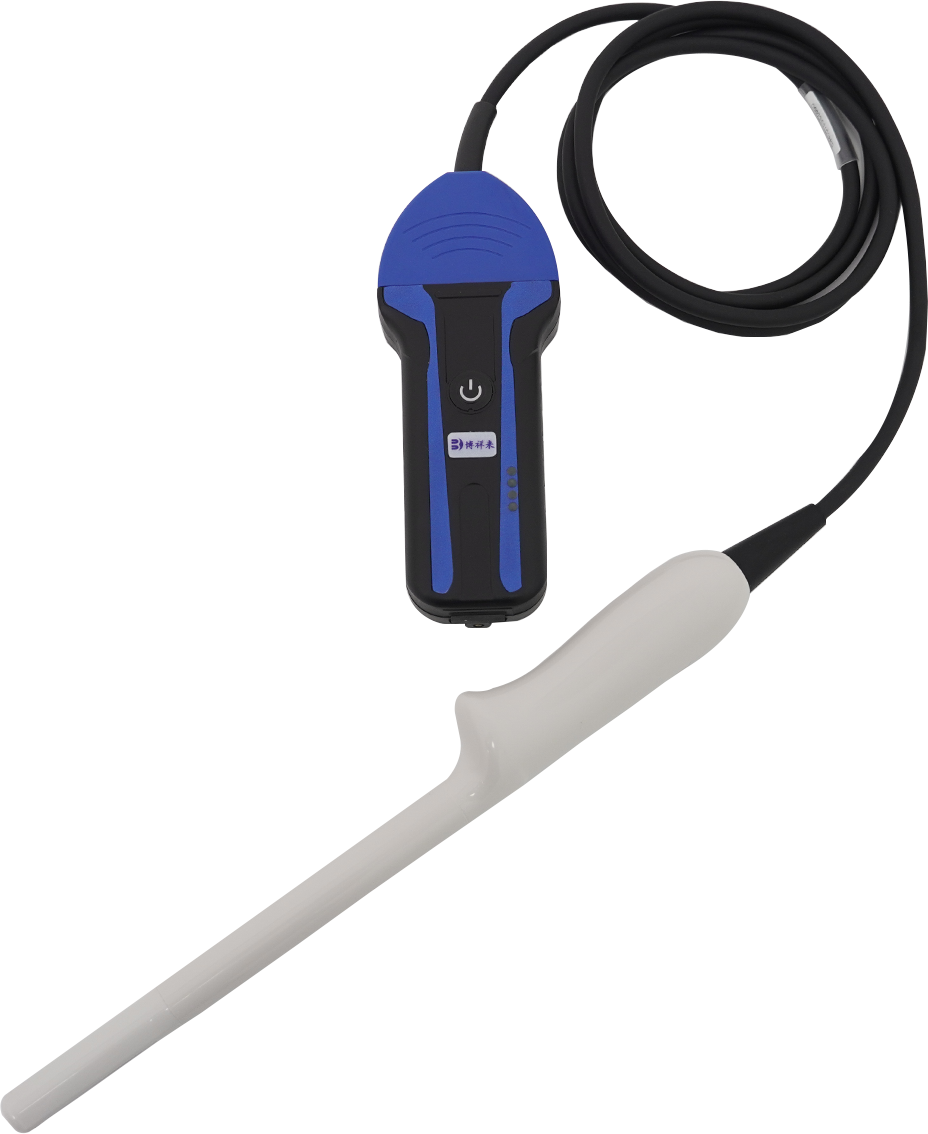The important role of B-ultrasound in estrus of ewes

Ewe estrus identification is an important technical link in animal breeding. Through estrus identification, the estrus stage of animals can be determined and the ovulation time can be predicted in order to determine the breeding period. B-ultrasound for sheep plays a great role in this process. It can timely carry out breeding or artificial insemination to achieve the purpose of improving the conception rate. It can also find out whether the estrus of animals is normal, so as to find problems and solve them in time. The estrus of animals is a series of changes in reproductive organs and sexual behavior under the regulation of reproductive hormones. This change includes external manifestations and internal changes. The external manifestations can be directly observed, while the internal changes refer to the changes in reproductive organs. Among them, the changes in the development of follicles on the ovaries are the essential changes of estrus, which can be observed through B-ultrasound for sheep. Therefore, when conducting estrus identification, it is necessary not only to observe the external manifestations of animals, but more importantly, to grasp the inherent essential characteristics of the development of follicles, and at the same time, various factors affecting estrus should be considered. Only by comprehensive scientific analysis can a more accurate judgment be made. Of course, the method of B-ultrasound examination for sheep is a very important method.
External observation method, this method is the most commonly used method for identifying estrus of various animals. It mainly observes the external performance and mental state of animals to determine whether they are in estrus or the degree of estrus. Estrus animals often show mental restlessness, chirping, loss of appetite, swelling and moistness of the vulva, mucus outflow, and are sensitive to the surrounding environment and the reactions of male animals. This method must be combined with other methods (such as: B-ultrasound method for sheep, etc.) to be more accurate.
Test estrus method, this method determines the degree of estrus of female animals based on their reactions to male animals in terms of sexual desire and sexual behavior. When in estrus, they usually show willingness to approach males, arch their waists and raise their tails, open their hind legs, urinate frequently, and have mating movements, etc., while when they are not in estrus or after estrus, they show distance from males. When they are approached by strong traction, they often show evasive behavior or even kicking, biting and other resistance behaviors. When there are these phenomena, it is best to use instruments such as B-ultrasound for sheep to observe before making a determination.
Guidance of sheep B-ultrasound in the process of estrus testing
Ram estrus testing should be carried out every morning. The estrus ram uses its nose to smell the ewe, or teases the ewe with its hoof, or even climbs on the ewe's back. The ewe does not move, run, or refuse, or stretches its hind legs to urinate. Such ewes are estrus sheep. The estrus sheep should be immediately painted with dye after the sheep B-ultrasound examination. It is not enough to have only one shepherd in each group during estrus testing, and temporary workers should be added. The estrus testing site can be in the playground, on the grass slope, or in the sheep house, but it must be of appropriate size. If the playground is too large, the sheep will run around when chasing the estrus sheep, which is inconvenient to observe, and it is not easy to catch the estrus sheep if they are found. If the estrus testing site is too narrow, the sheep are crowded, and the estrus ewes squeezed in the center are not easy to be found, and the purpose of completely selecting estrus sheep cannot be achieved. It is not convenient to catch estrus ewes on the grass slope. When testing estrus in the sheep house, the light should be bright. In some areas, estrus pens are set up, and small groups are tested in batches, which has a better effect. The sheep that are mated for the first time seem to be afraid of the ram. After being chased by the test sheep, they are not as easy to approach as the adult estrus ewes. They may stand to let the test sheep approach or follow closely. Such ewes should also be selected as estrus sheep, and then judged by sheep B-ultrasound examination.
The ratio of test sheep should be 2-3 per 100 ewes. If there is manpower, the test sheep can be put into the flock at one time, and the estrus sheep can be quickly selected, or they can be put in batches. Because the sexual desire of the test sheep put in first has decreased after a period of trial, and they are not active in looking for estrus ewes, new test sheep will be replaced to find them in the flock. The herders should walk in the flock, drive away the lying and crowded sheep, let the test sheep get close to the ewes, and don't miss the estrus sheep. In some places, small groups test estrus and large groups retest, the effect is better. Of course, it is best to use sheep B-ultrasound to combine them. During the mating season, each estrus test lasts about 1 hour. It is best to test once in the morning and once in the evening. Some people only test once in the morning. The key is to test estrus early, thoroughly and well every day, and strive to achieve both fattening and estrus testing under the monitoring of sheep B-ultrasound.







